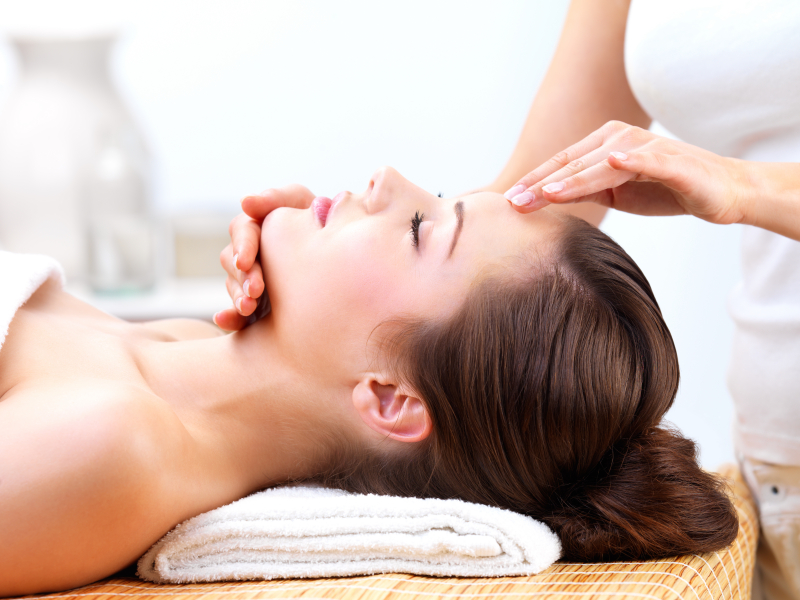
We’re living in an era when looking and feeling younger no longer requires surgery. The fountain of youth these days apparently flows from a syringe. But injectable treatments such as BOTOX® Cosmetic and dermal fillers aren’t the only non-surgical anti-aging procedures. Wrinkles can be smoothed with lasers, skin tightened with heat, and belly fat frozen away.
There is now a huge range of gadgets and devices proving popular with women and men who shy away from surgery but still want to improve their appearance.
The increasing popularity of these non-surgical procedures coincides with a jump in the number of “medical spas,” which are physician-supervised facilities that are usually linked to a specialist’s practice, such as a plastic surgeon or dermatologist. Medical spas are a relatively new concept, but after a downturn triggered by the recession, the numbers are again surging. There were more than 2,100 med spas operating in the U.S. in 2013, according to a leading independent market research firm.
“Medical spas only emerged ten years ago and exploded in number between 2007 and 2009,” says a report from Marketdata Enterprises, Inc. Driven by advances in the effectiveness of cosmetic laser technologies, the report says, the med spa market is expected to grow nearly 20% annually and generate $3.6 billion in revenues by 2016.
Medical spas, however, remain a small percentage of the overall spa market. Day spas, which aren’t supposed to offer medical treatments, are much more common. But the distinction can be confusing.
“There is a tendency for the public, and some in the profession, to view laser treatments, BOTOX, and cosmetic filler injections as cosmetic rather than medical treatments,” says the Medical Board of California.
Occasionally, will you find a practice that offers both a medical spa and a day spa. In the region of Louisville and Lexington, Kentucky, for instance, a practice called CaloSpa is overseen by 2 board-certified plastic surgeons. Its website says it offers services such as facials, makeup, and massages at its day spa. It also has a “medi spa,” though, offering laser treatments, chemical peels, CoolSculpting®, and injectables, which are supervised by the plastic surgeons and performed by medically trained technicians.
It’s understandable that an average person looking for a non-surgical cosmetic treatment might have trouble sorting out the difference and making sure a certain facility is on the up and up. Here are some questions anyone should ask before undergoing a medical treatment in a spa setting:
Q: Who owns and operates the medical spa?
A: A physician should be present supervising any facility where medical-grade treatments are performed at all times, even if he or she isn’t the actual owner. Regulations vary state-to-state, and some states don’t require a doctor to be present.
Q: Who performs the procedure or procedures you want?
A: It’s important to know the licensing and training of the actual treatment provider if it’s not the physician. Laser treatments, injections, and other medical procedures require experience and skill to be done safely and effectively. You should feel comfortable asking for credentials and experience.
Q: What equipment or devices are used?
A: You should ask about the medical equipment used and when it was purchased. Technology in the cosmetic medical field is advancing rapidly, and equipment quickly becomes outdated. Newer devices usually get better results with less discomfort and little to no downtime.
Q: What cosmetic improvements can I realistically expect?
A: Make sure the med spa provider isn’t recommending a treatment that either you don’t want or that won’t help you meet your aesthetic goals. A good, reputable med spa will describe both the benefits and limitations of specific treatments.
Q: How many treatments are needed and what will be the cost?
A: This may seem obvious, but patients sometimes believe that they’ll get the results they want after a single treatment. Many procedures, however, require a series of treatments before they are effective. If you’re quoted a price for a single treatment but you wind up returning 4 times, you’ll be paying much, much more.
The best way to ensure you’re satisfied is to do some research of medical spas in your area and ask for friends’ recommendations. And the best bet is to choose a spa where a board-certified specialist is always available.
Source by Jay Cooke
